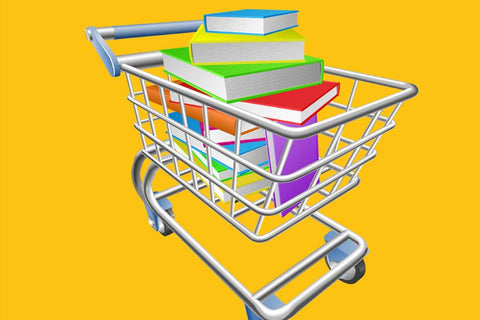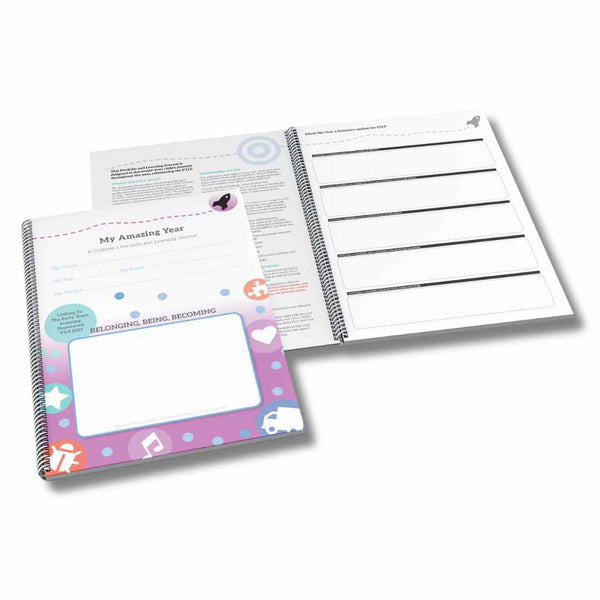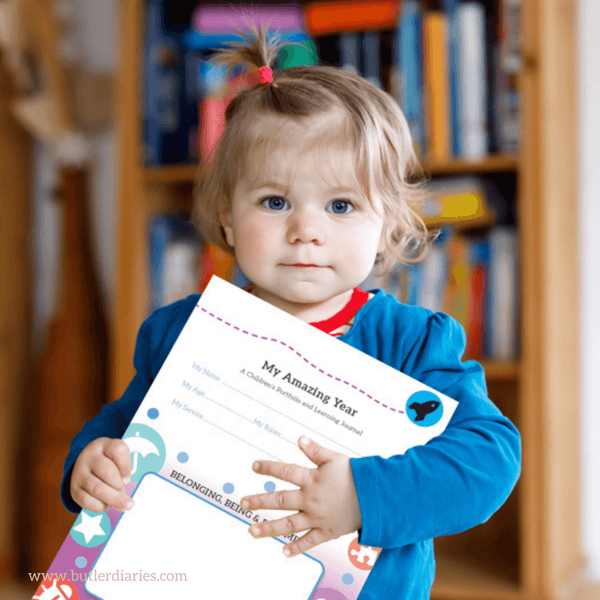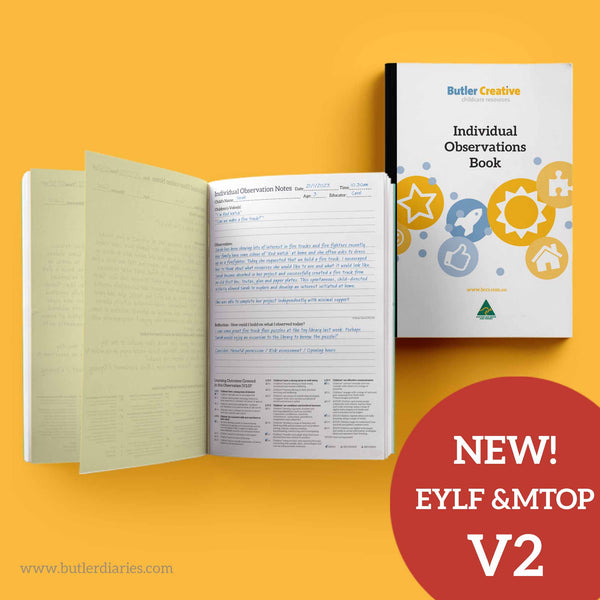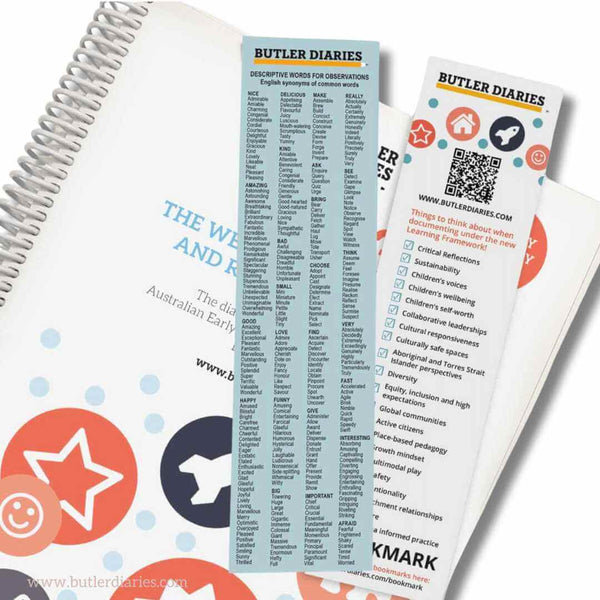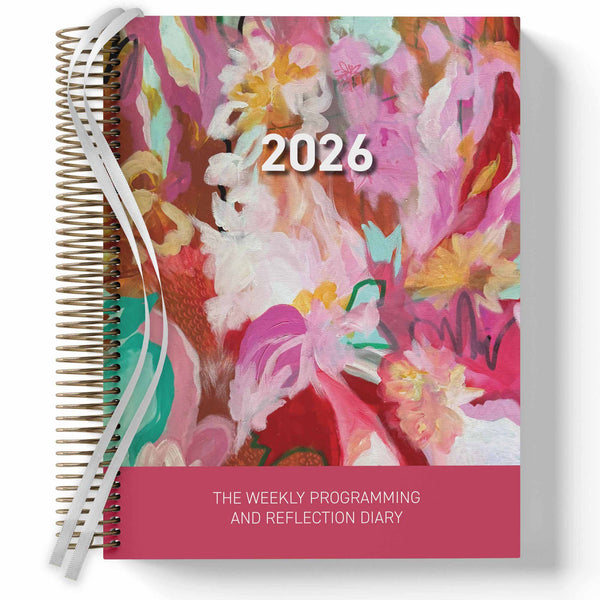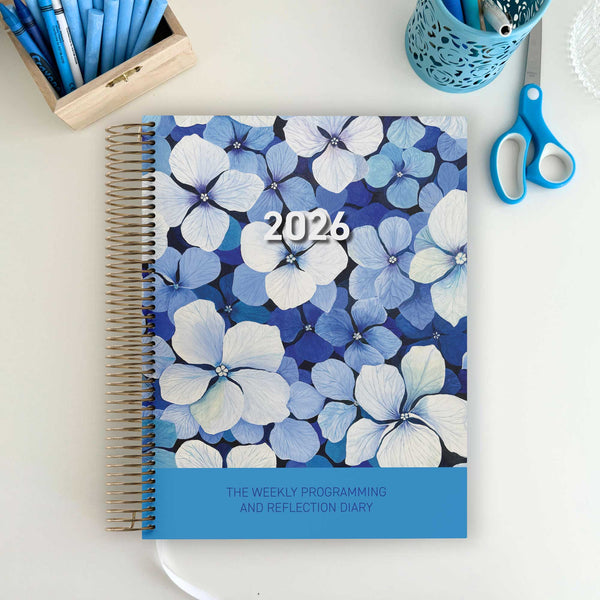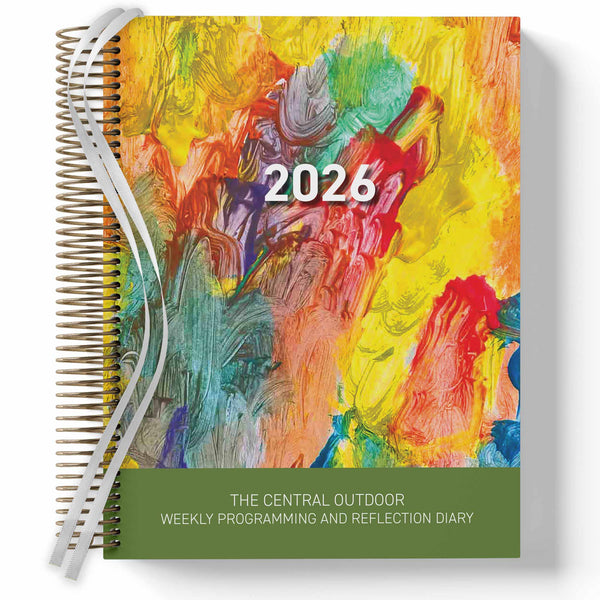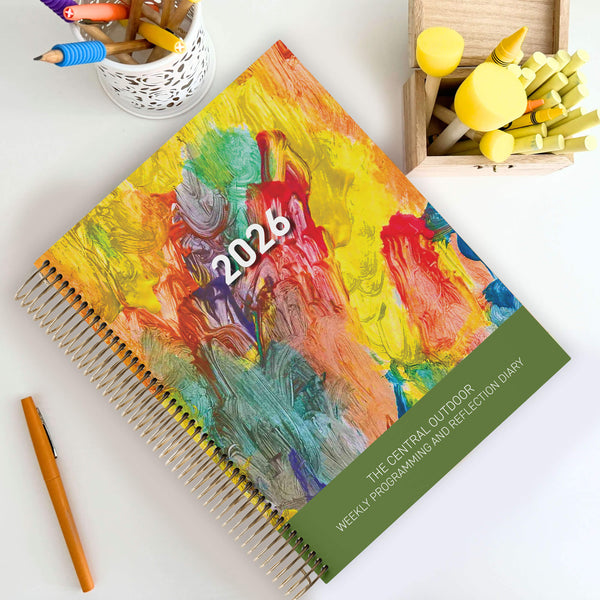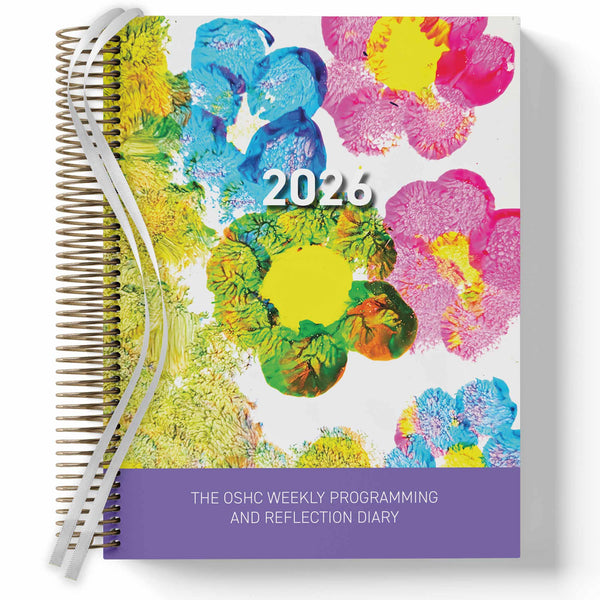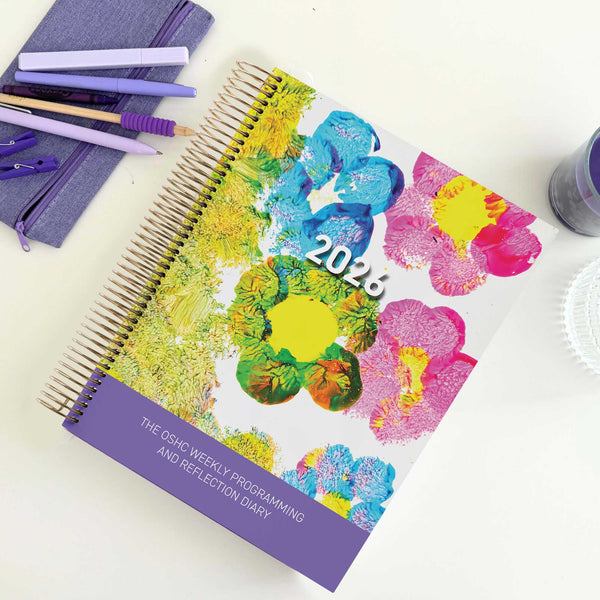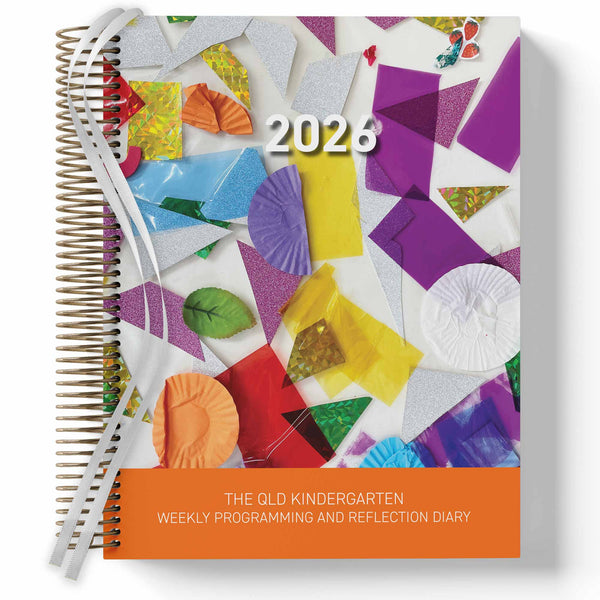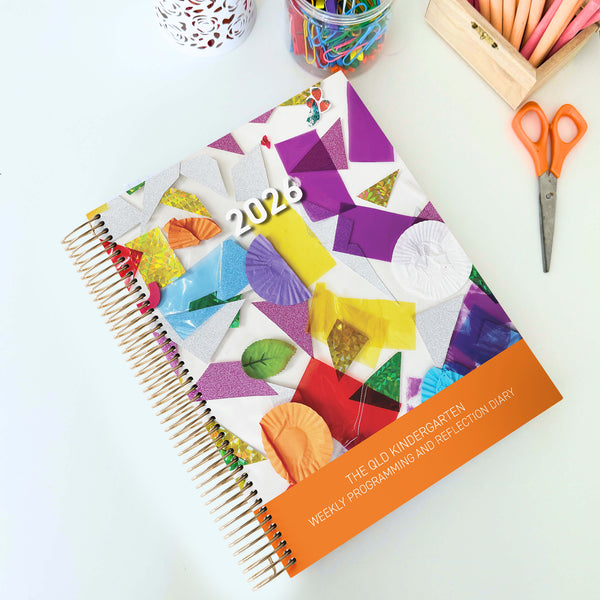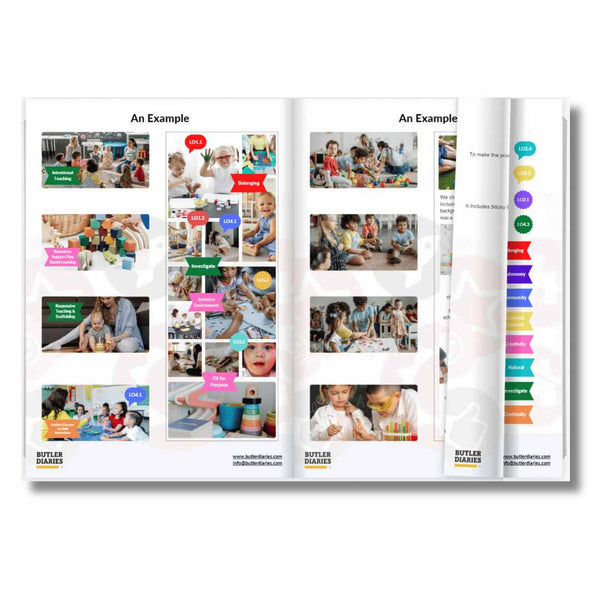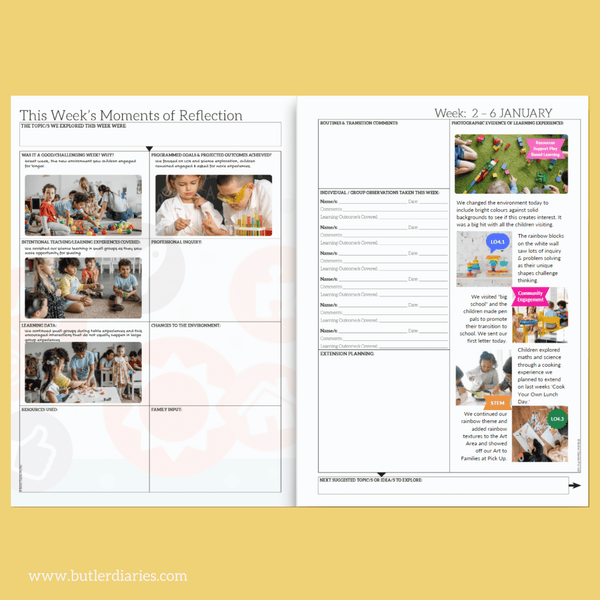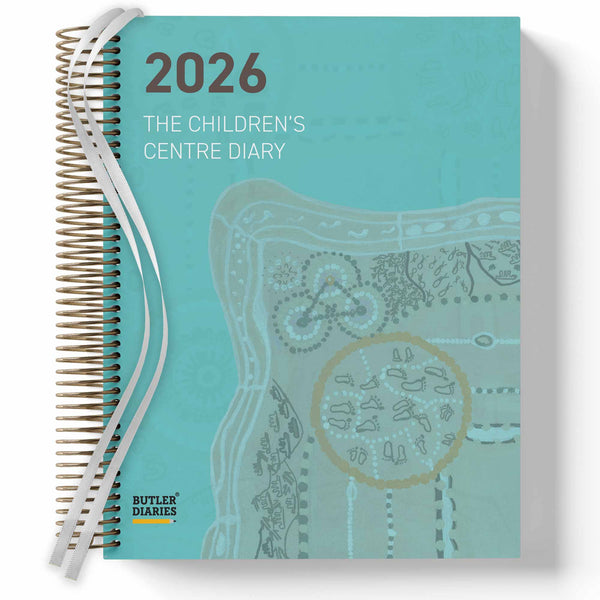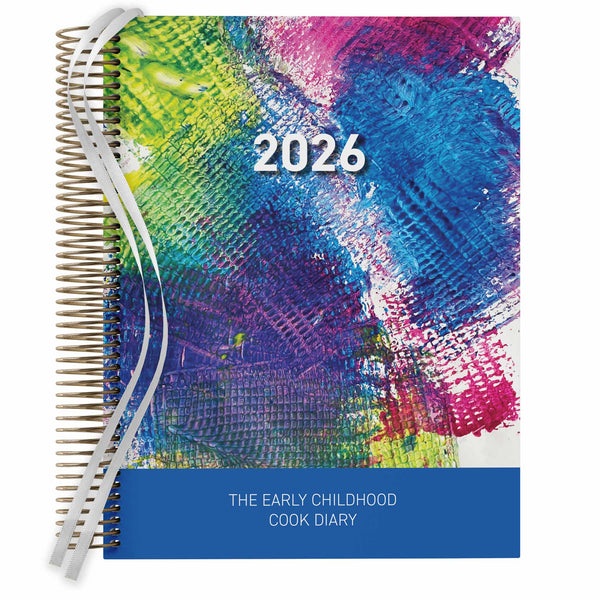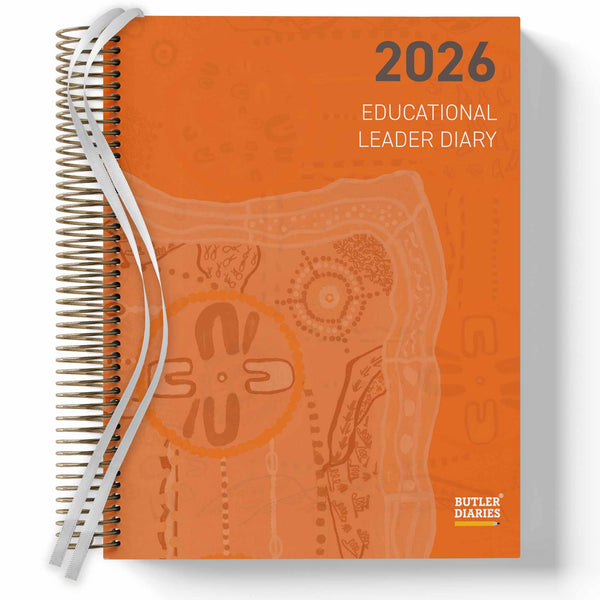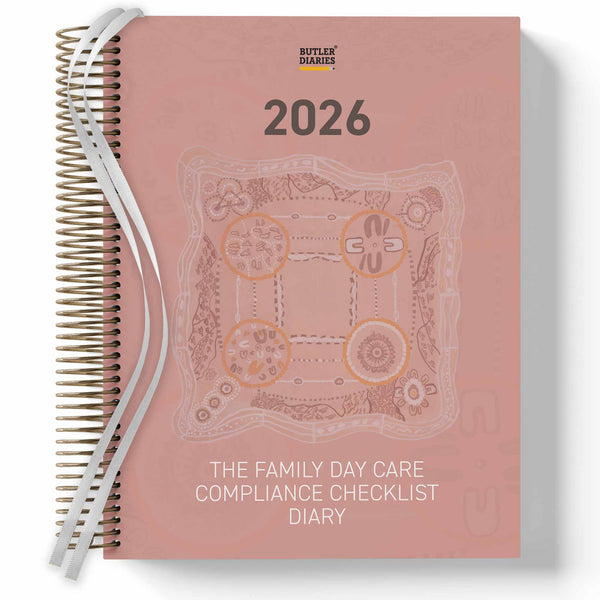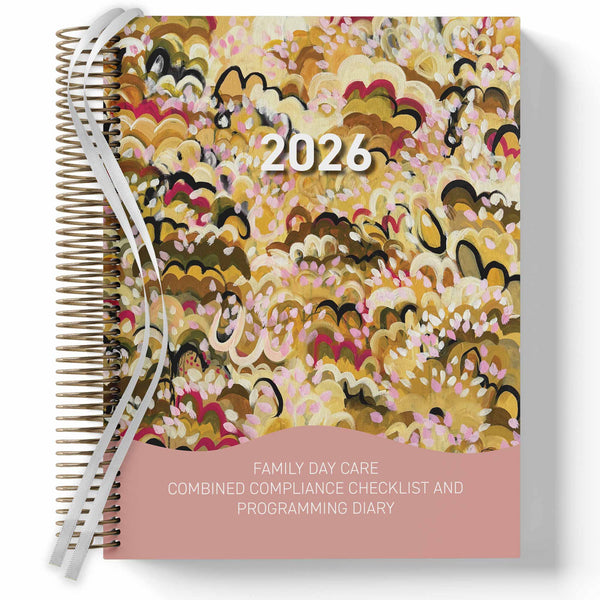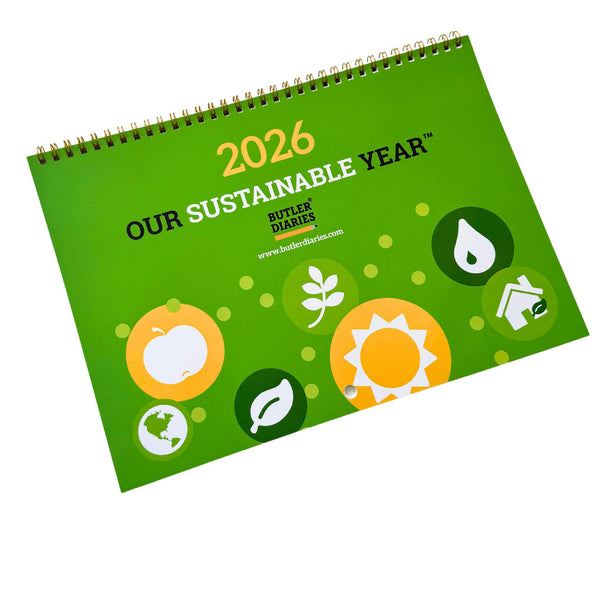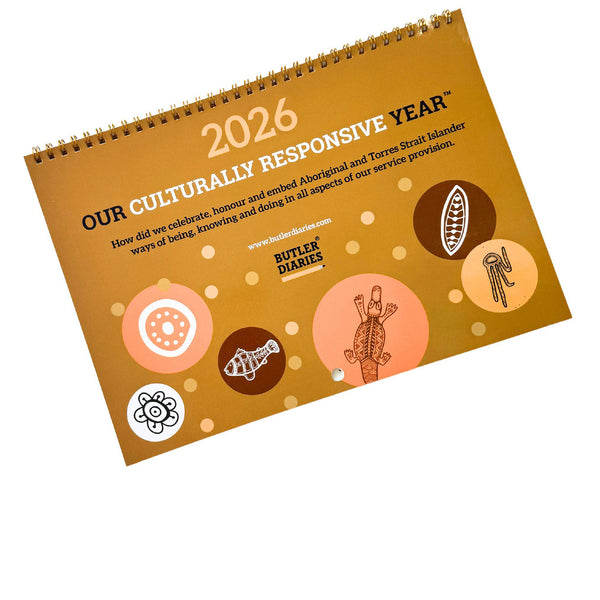How Can You Be Intentional In Your Environments?
There are a few ways you can ensure your decisions around your early learning environments are intentional. The first involves positioning. Positioning can be used in a number of ways. Choosing to place certain objects together can encourage children to explore specific experiences or developmental areas. Combining objects that do not usually go together can encourage imagination and creatively in children's learning. You can use children's current interests to expand on their ideas by placing objects of interest with new objects. No matter how you choose to use positioning, the key is to have an intentional purpose for making the decision.
Another strategy involves collecting objects that are similar in their properties and placing them together. For example, objects with wheels, and allowing children to actively explore this property as their play develops.
Finally, an important strategy involves routines and scheduling time. Educators may make deliberate decisions to extend or reduce scheduled time to enhance children's learning on a particular experience or balance energy levels in the room that day.
Reflecting In Your Weekly Programming and Reflection Diary
In addition to reflecting on your decisions in the 'Intentional Teaching' Box, your intentional teaching environmental decisions can be recorded in the 'Changes to the Environment' Box in your Weekly Programming and Reflection Diary. Here you can explore the changes you made to the environment and the purpose behind them.
The 'Resources Used' box can also be used to record intentional teaching reflections when utilising the collecting strategy described above.
We have also included a 'Routine and Transition Comments' box for reflections on changes you made to scheduled time. Consider if there was anything that could be done to make your day more fluent? Did you make any spontaneous changes that might be noted or implemented in the future? Why were these changes made?
How Can You Be Intentional In Your Interactions?
There are a number of ways to apply intentional teaching strategies to your interactions. You may already be doing so and just require the language to support your reflections.
When you are making choices about your environment as discussed above and use your resources and time to enable children in their learning, you are facilitating children's learning.
Reassuring and supporting a frustrated child with motivation is a strategy called encouragement. When educators encourage children, they have the power of transforming a difficult experience for a child into an accomplishment. In these moments, you may choose to use suggestion and offer advice or ideas to support children in their learning.
When you do this, you are also using the intentional teaching strategy of positioning yourself. Choosing to sit by a child to support their learning or keep a safe distance when a child is independently challenging themselves, you are intentionally positioning yourself to enable learning. Positioning yourself provides the opportunity to provide feedback before, during and/or after the experience to show the child you appreciate their effort. This could be verbal or non-verbal such as a smile.
In your experiences and planning, you use grouping intentional teaching strategies every day. This involves making decisions on which experiences are group or individual experiences. You also decide on the size of the groups to ensure success. For example, table experiences are often limited to four to six children to ensure active participation and inclusion. You may also choose to use shared problem-solving during grouping to intentionally work alongside children to solve a problem. Here co-construction can be used to form meaning about the world in negotiation with children rather than simply sharing facts.
When interacting with children, stopping and listening is an important intentional teaching strategy. This involves concentrating on and thinking about children's meaning when they verbally or non-verbally communicate. Pausing before answering can provide yourself time to be intentional in your response. When responding with open-ended questioning, you are extending on your intentional teaching strategy to understand and expand on how children are making sense of things around them. Here may also be an opportunity to prompt recall which helps reinforce learning and solve problems by asking children to recall previous experiences.
When educators model actions, attitudes and feelings, they are participating in intentional teaching. Children learn by mirroring the behaviour of those around them. When you describe your actions or feelings out loud as you act, you are taking modelling a step further and demonstrating behaviours to children.
When you combine multiple strategies described above, you are scaffolding children's learning with the use of guidance and support.
Reflecting In Your Weekly Programming and Reflection Diary
In addition to reflecting on your decisions in the 'Intentional Teaching' Box, your intentional teaching is recorded throughout your Weekly Programming and Reflection Diary and Observations. Your documentation itself is an intentional teaching strategy as you decide what learning to record and extend on to enhance children's exploration of learning outcomes. By focusing on the 'why' of your documentation, you are reflecting on the decisions behind children's learning.
For more tips on using our Weekly Programming and Reflection Diary, check out this blog. You can also read more about intentional teaching at Aussie Childcare Network.
